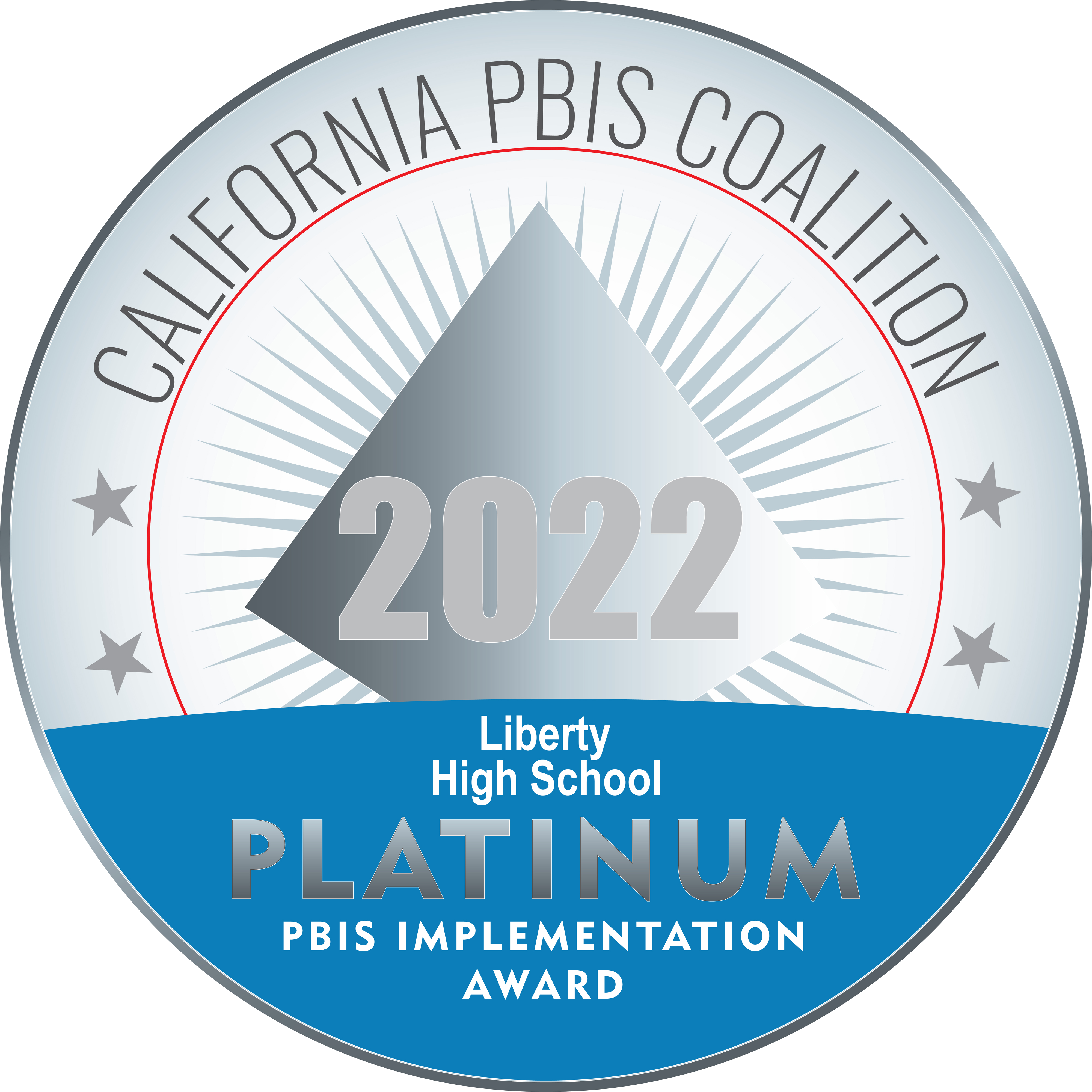Project Lead the Way (PLTW)
Engineering Pathway
9th: Introduction to Design—Students dig deep into the engineering design process, applying math, science, and engineering standards to hands-on projects. They work both individually and in teams to design solutions to a variety of problems using 3D modeling software, and use an engineering notebook to document.
10th, 11th or 12th: Environmental Sustainability- Students investigate and design solutions in response to real-world challenges related to clean and abundant drinking water, food supply issues, and renewable energy. Applying their knowledge through hands-on activities and simulations, students research and design solutions to these true-to-life challenges.
10th, 11th or 12th: Computer Science Principles—Using Python as a primary tool and incorporating multiple platforms and languages for computation, this course aims to develop computational thinking, generate excitement about career paths that utilize computing, and introduce professional tools that foster creativity and collaboration. Students develop programming expertise and explore the workings of the Internet. Projects and problems include app development, visualization of data, cybersecurity, and simulation.
11th or 12th: Principles of Engineering—Through problems that engage and challenge, students explore a broad range of engineering topics, including mechanisms, the strength of structures and materials, and automation. Students develop skills in problem solving, research, and design while learning strategies for design process documentation, collaboration, and presentation.
11th or 12th: Computer Science A AP—Students collaborate to create original solutions to problems of their own choosing by designing and implementing user interfaces and Web-based databases, as well as creating a game for their friends or an app to serve a real need in their community.
12th Cybersecurity- Whether seeking a career in the growing field of cybersecurity or learning to defend their own personal data or a company’s data, students in cybersecurity establish an ethical code of conduct while learning to defend data in today’s complex cyberworld. Unit on digital forensic science that involves recovering digital information and collecting evidence to solve a crime. Students track a criminals movements through the internet.
Biomedical Pathway
9th: Principles of Biomedical — Students explore concepts of biology and medicine to determine factors that led to the death of a fictional person. While investigating the case, students examine autopsy reports, investigate medical history, and explore medical treatments that might have prolonged the person’s life. The activities and projects introduce students to human physiology, basic biology, medicine, and research processes while allowing them to design their own experiments to solve problems.
10th: Human Body Systems— Students examine the interactions of human body systems as they explore identity, power, movement, protection, and homeostasis in the body. Exploring science in action, students build organs and tissues on a skeleton, use data acquisition software to monitor body functions such as muscle movement, reflex and voluntary action, and respiration; and take on the roles of biomedical professionals to solve real-world medical cases.
11th: Medical Interventions— Students follow the life of a fictitious family as they investigate how to prevent, diagnose, and treat disease. Students explore how to detect and fight infection; screen and evaluate the code in human DNA; evaluate cancer treatment options; and prevail when the organs of the body begin to fail. Through real-world cases, students are exposed to a range of interventions related to immunology, surgery, genetics, pharmacology, medical devices, and diagnostics.
12th: Biomedical Innovations—Students build on the knowledge and skills gained from previous courses to design their own innovative solutions for the most pressing health challenges of the 21st century.

